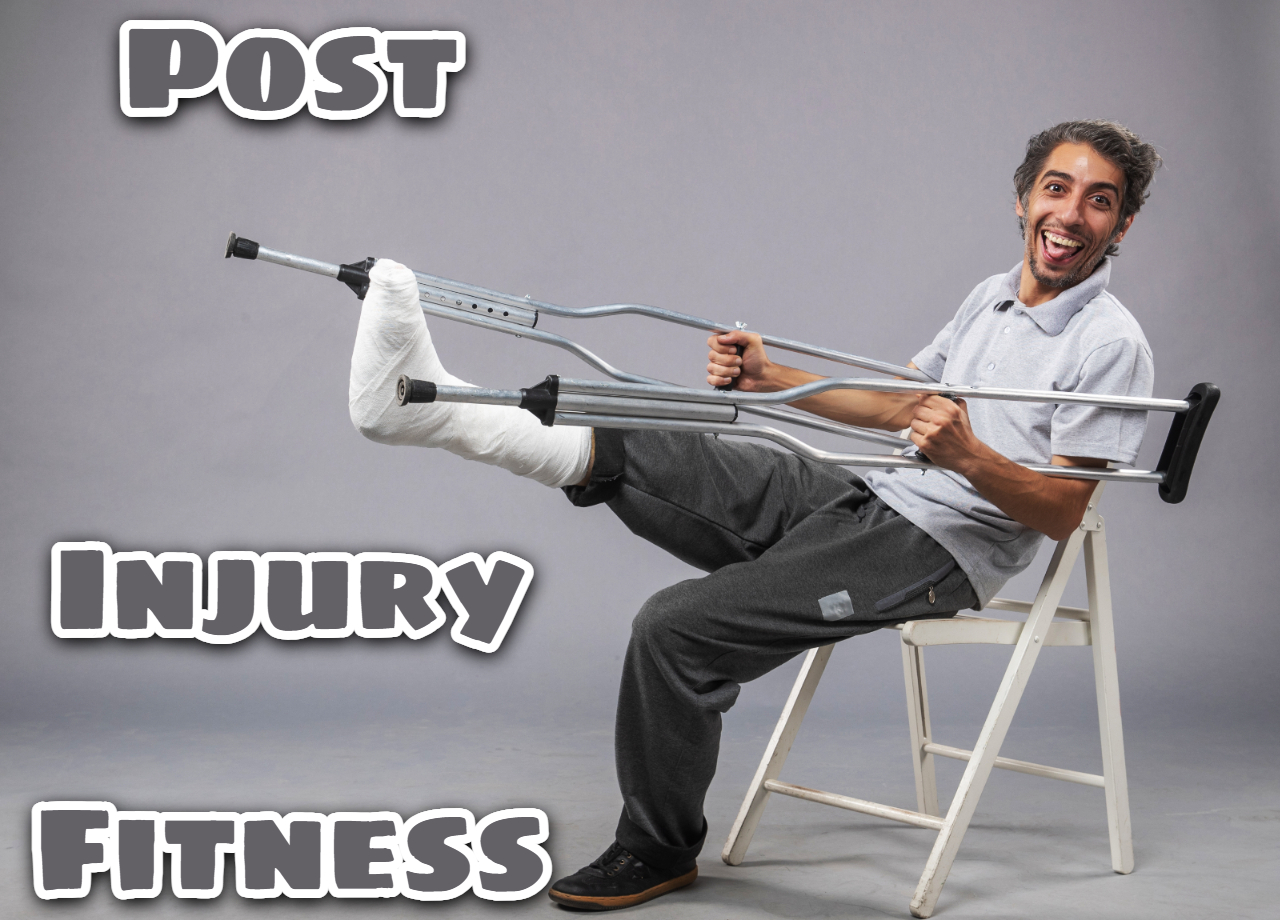Recovering from an injury can be a challenging and frustrating experience, especially for individuals who are passionate about fitness and physical activity. However, with the right approach, you can regain your fitness, stay motivated, and avoid further setbacks. This guide will cover the best practices for post-injury fitness, provide actionable tips, and address common questions to help you recover effectively.
Understanding the Recovery Timeline
One of the most common questions is “how long does it take to regain fitness after injury?” The answer depends on various factors such as the severity of the injury, the type of activity you were engaged in, and your overall health. Generally:
| Injury Type | Estimated Recovery Time |
|---|---|
| Mild sprain or strain | 1-2 weeks |
| Moderate muscle tear | 4-6 weeks |
| Fractures or ligament injuries | 8-12 weeks or longer |
| Post-surgery recovery | 3-6 months (depending on surgery) |
To regain fitness, gradual progress and professional guidance are essential.
Steps to Regain Fitness Safely
1. Consult a Medical Professional
Before starting any fitness regimen, consult your doctor or physical therapist. They can evaluate your condition and guide you on when to start exercising after pulled muscle or other injuries.
2. Start with Low-Impact Exercises
Low-impact activities such as swimming, cycling, or yoga are excellent for maintaining cardiovascular fitness without putting too much strain on the injured area. These exercises are especially helpful for those wondering how to stay in shape with a leg injury.
3. Incorporate Weight Training Gradually
When considering weight training after injury, start with light weights and focus on proper form. Gradually increase the load as your strength improves. Avoid overloading muscles or joints that are still recovering.
Psychological Aspects of Recovery
Staying Motivated
Losing motivation is common after an injury. If you’re feeling “lost motivation to workout after injury,” consider the following tips:
- Set small, realistic goals to track your progress.
- Surround yourself with positive influences, including back to gym after injury quotes like:
- “Success is not final; failure is not fatal: It is the courage to continue that counts.”
Overcoming Fear of Re-Injury
It’s natural to feel apprehensive about returning to exercise. Take things slow, and focus on regaining confidence through steady progress.

Post-Injury Fitness Best Practices
1. Listen to Your Body
Pushing through pain can lead to further injuries. Learn to distinguish between discomfort and pain, and adjust your workouts accordingly.
2. Follow a Balanced Diet
Nutrition plays a crucial role in recovery. Include protein-rich foods, healthy fats, and anti-inflammatory foods like berries and leafy greens to support healing.
3. Focus on Flexibility and Mobility
Stretching and mobility exercises help improve range of motion and prevent stiffness. Incorporating yoga or Pilates can be beneficial for overall recovery.
4. Gradually Reintroduce Intensity
When transitioning back to regular workouts, follow this pattern:
- Week 1: 50% of your usual intensity
- Week 2: 70% of your usual intensity
- Week 3: 90-100% (if no pain or discomfort is present)
5. Prevent Future Injuries
Incorporate exercises to strengthen weak areas and improve balance. Regularly warm up and cool down to reduce the risk of re-injury.
Sample Fitness Routine for Post-Injury Recovery
| Exercise | Repetitions/Sets | Purpose |
|---|---|---|
| Light Walking or Cycling | 20-30 minutes | Cardiovascular fitness |
| Bodyweight Squats | 3 sets of 10 | Lower body strength |
| Resistance Band Rows | 3 sets of 12 | Upper body strength |
| Plank (modified if needed) | 3 sets of 20 seconds | Core stability |
| Cat-Cow Stretch | 5 minutes | Spinal mobility and recovery |
FAQs
1. How long does it take to regain fitness after injury?
Recovery time varies based on the injury type and severity. Mild injuries may take weeks, while severe ones can take months. Follow professional guidance and progress gradually.
2. What are the best exercises for staying in shape with a leg injury?
Focus on upper-body strength training, swimming, or seated exercises. These activities reduce stress on your legs while keeping you active.
3. How soon can I exercise after back spasm?
Wait until the acute pain subsides, typically within 1-2 weeks. Begin with gentle stretches and low-impact activities, and consult a doctor if needed.
4. When to start exercising after pulled muscle?
Once the pain and swelling reduce, usually after 2-3 weeks. Begin with light stretching and gradually move to strength exercises.
5. How to regain fitness after injury?
Start with low-intensity activities, gradually increase intensity, and focus on consistency. Nutrition and rest are also vital for recovery.
6. What if I lose motivation to workout after injury?
Revisit your fitness goals, seek support from a coach or community, and celebrate small milestones to rebuild confidence and motivation.
By following these best practices, you can recover from injuries effectively, rebuild your fitness, and return stronger than before. Remember, patience and consistency are key to overcoming setbacks and achieving long-term success.


